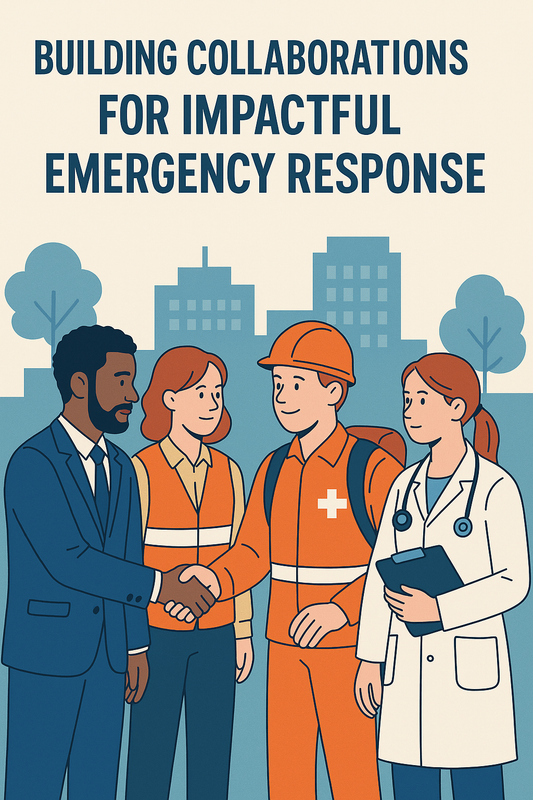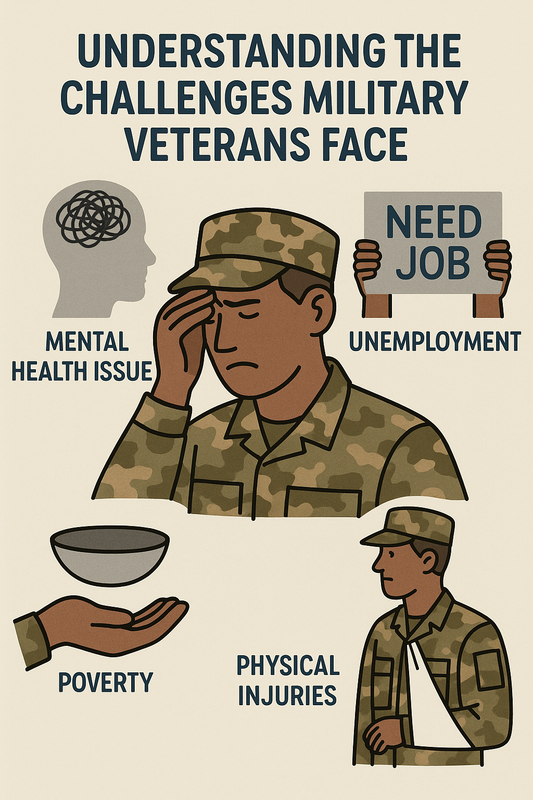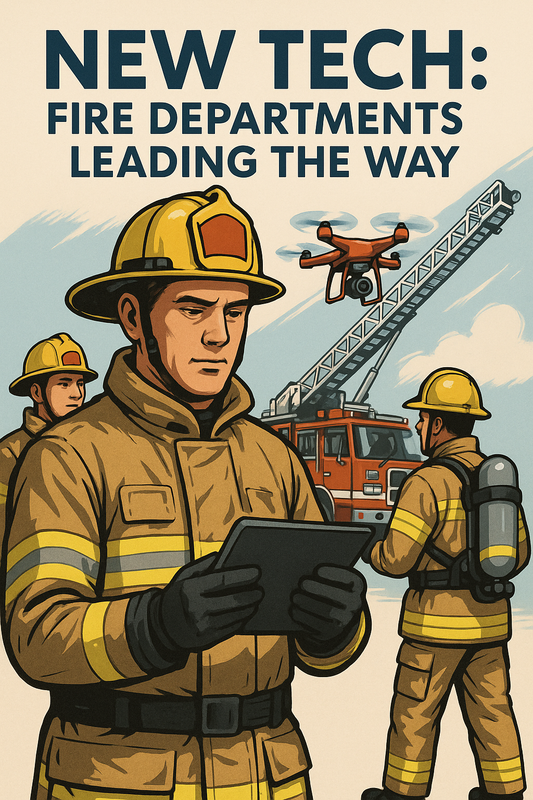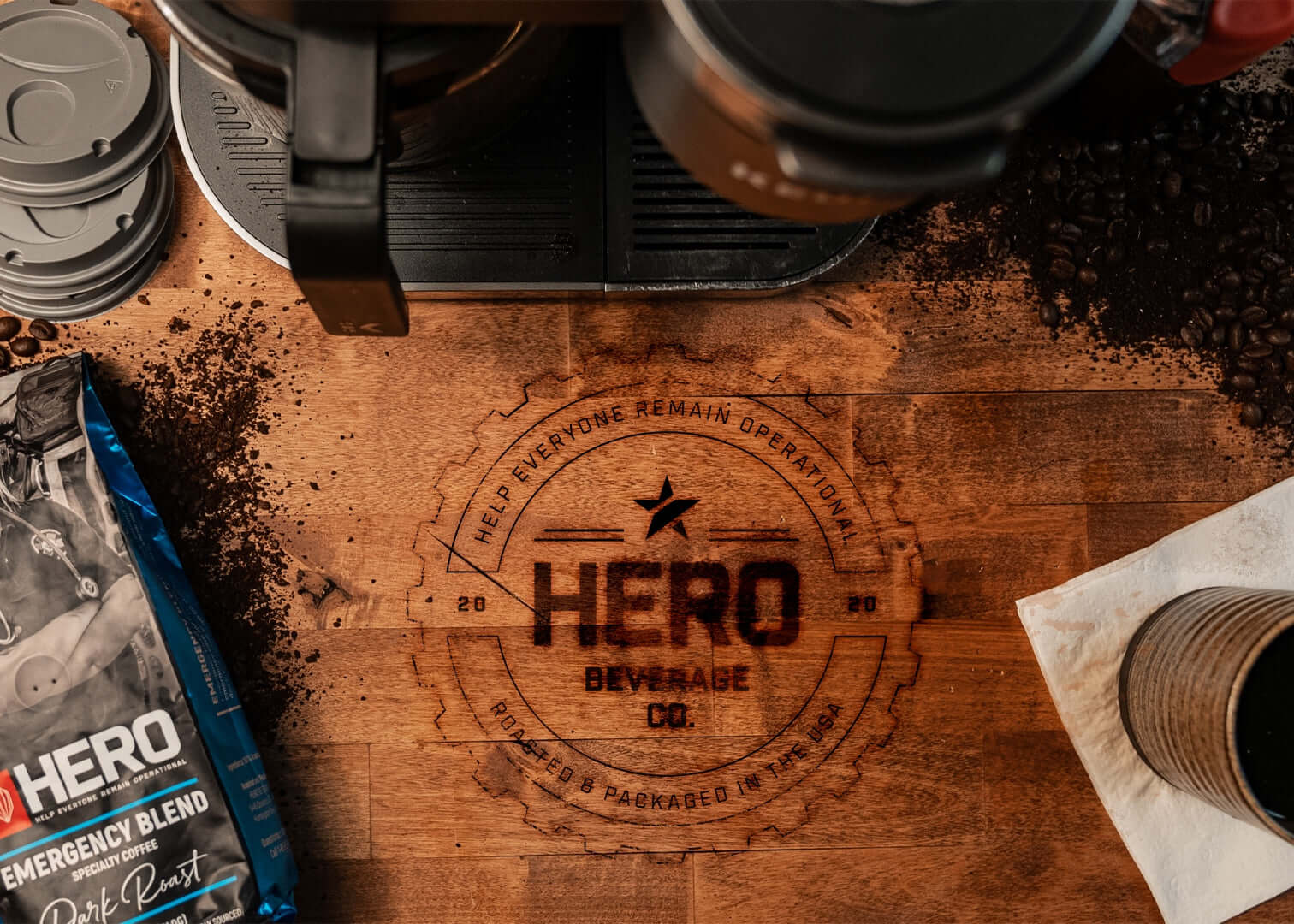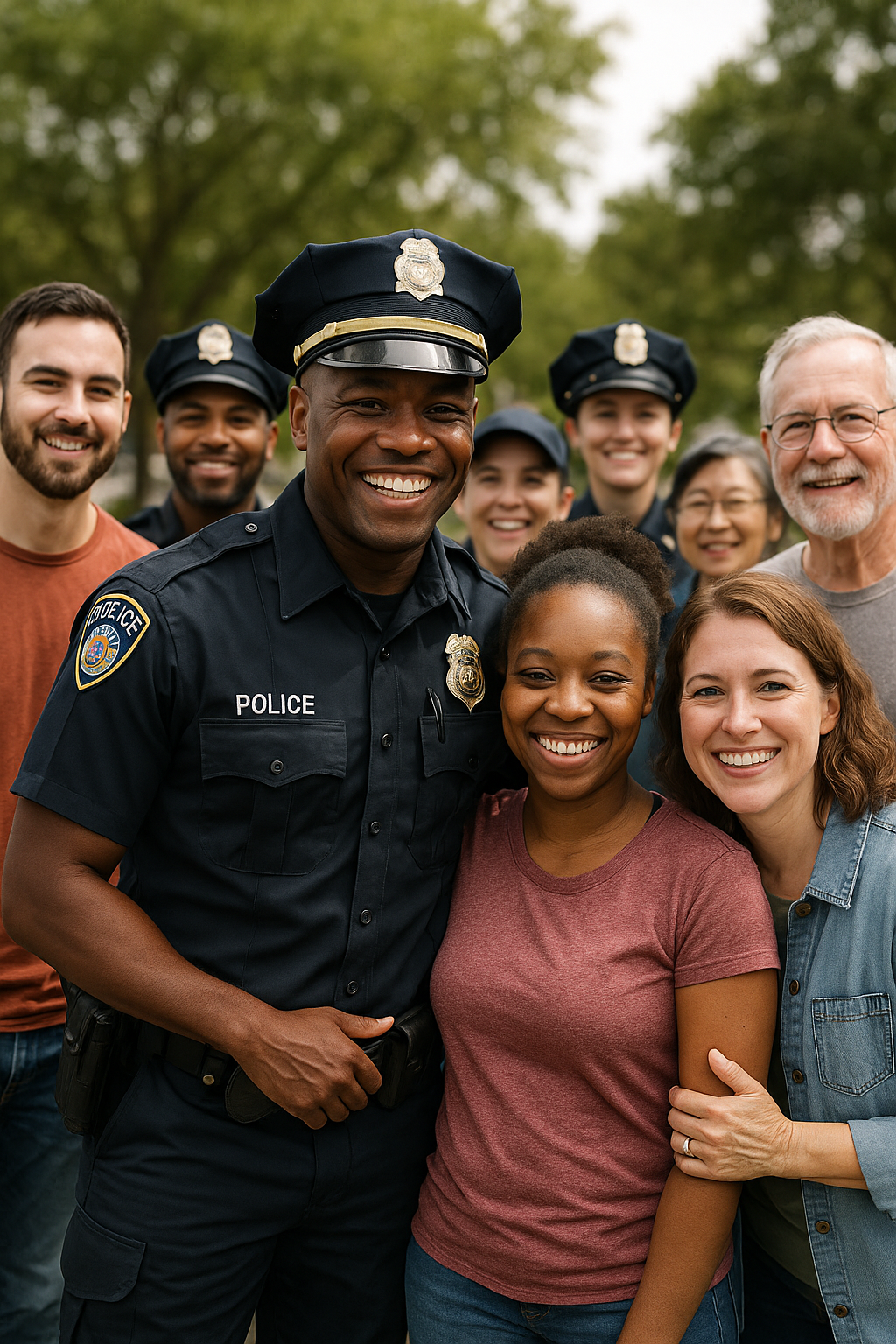
Fostering Community Bonds: Police and Civilians Together
Frequently Asked Questions
1. What is the main focus of the article?
2. Why is community engagement important for police relations?
3. How can police departments increase transparency?
4. What are some effective ways to engage youth with police?
5. What role do community leaders play in improving police-community relations?
In recent years, the relationship between police and the communities they serve has been a topic of intense discussion. Many cities across the nation are recognizing the importance of cultivating positive interactions between law enforcement and civilians. Building stronger community relations not only encourages public safety but also fosters a sense of belonging and partnership. In this article, we will explore practical approaches, benefits, and strategies to cultivate these relationships. We will delve into the heart of community relations, emphasizing the role of respect, understanding, and shared values.
Understanding the Current Landscape
Before diving into solutions, it’s essential to understand the current landscape between police and civilians. Events from the past few years have highlighted significant divides that often exist. Misunderstandings, distrust, and stereotypes can create barriers between these two vital groups. This division can lead to conflict, which is detrimental not only to public safety but also to community well-being.
Many civilians harbor negative perceptions of law enforcement due to widely publicized incidents of police misconduct. Conversely, many officers report feeling unsupported and isolated from the very communities they pledged to protect. To bridge this gap, a concerted effort is crucial from both sides, promoting dialogue and empathy.
The Importance of Community Engagement
Effective community engagement can transform the dynamics between police and the communities they serve. Engaging in open communication helps build trust, dispel myths, and create a more informed public. Here are some core principles that can lead to more fruitful interactions:
Building Trust Through Transparency
Transparency is a fundamental ingredient in fostering trust. Police departments should actively share information about their operations, policies, and community initiatives. Regular community meetings can provide a platform for civilians to voice their concerns and receive updates on public safety. Additionally, by making efforts to be approachable and visible, police can diminish the barriers that might cause fear or resistance among community members.
Community Outreach Programs
Dedicated outreach programs are great opportunities for police and civilians to interact in informal environments. Organizing community events, safety workshops, and recreational activities not only promote safety but also facilitate personal connections. For example, events featuring local fire fighters and officers engaging with children can foster positive early impressions that last into adulthood.
- Sports tournaments that partner police with community youth
- Neighborhood safety workshops where civilians learn about police procedures
- Collaborative community gardens promoting teamwork and bonding
Harmless Humor: Breaking Down Barriers
A critical challenge in community interactions is the creation of a positive atmosphere. Humor can be an effective tool in transforming tense situations into opportunities for collaboration. Light-hearted initiatives such as “Dad t-shirt” campaigns, where officers don amusing apparel during community events, can help humanize those in uniform and make them more relatable to young residents. Such camaraderie can foster better conversations and relationships.
Leveraging Social Media for Connection
The digital world provides untapped resources for enhancing community relations. Social media can serve as an excellent conduit for dialogue between police departments and civilians. Various platforms allow for real-time updates, sharing information about community events, and highlighting positive interactions.
Police departments can showcase their engagement efforts through pictures, videos, and stories. Sharing testimonials from community members about their positive experiences with law enforcement can promote goodwill and strengthen relationships. Additionally, addressing inquiries and comments promptly shows a commitment to transparency and respect.
Educational Initiatives and Workshops
Educating both police officers and civilians about each other’s roles and challenges can greatly diminish misunderstandings. Workshops that bring together police and community members can cover a range of topics including rights, procedures, safety tips, and the complexities of policing in modern society. Open dialogues in these forums can create a space for people to express concerns while giving officers an opportunity to clarify their roles and responsibilities.
Encouraging Community Policing
Community policing is an effective strategy designed to foster partnerships between police and the community. In this model, officers are encouraged to become familiar faces within the neighborhoods they serve. This could involve walking beats, attending local festivities, and even volunteering for community-driven projects.
Engaging Youth via School Programs
Engaging young people is essential to altering perceptions about police. Integrating law enforcement into school programs can foster healthier relationships between officers and students. For example, police mentorship programs can build lasting bonds while providing students with guidance and support.
- School resource officer programs to create a safe environment
- Career days featuring police to inspire future aspirations
- Engaging kids in collaborative events, including summer camps
The Role of Community Leaders
Community leaders, including elected officials, religious leaders, and local advocates, play a pivotal role in bridging the gap. Their influence and authority can encourage meaningful discussions between law enforcement and community members. By advocating for reconciliation and understanding, these leaders can champion initiatives that reflect the community's desires for safety and cooperation.
Creating Safe Spaces for Dialogue
As community leaders facilitate dialogue, safe spaces need to be established where police and civilians can openly communicate their thoughts and feelings. These gatherings should promote active listening and understanding, removing confrontational elements. Constructive criticism must be welcomed, and all voices should be heard, reinforcing the idea that all perspectives are valuable.
Community Success Stories
Across the nation, there are numerous instances where collaborative efforts have led to enhanced police-community relations. Each success story serves as a building block for the future, showcasing the positive outcomes that arise from teamwork and mutual respect. Examples include:
- Neighborhood watch programs that have effectively reduced crime rates.
- Police sports leagues where officers and residents form teams promoting togetherness.
- Community art projects that engage local artists, leading to lasting connections.
These stories highlight the importance of sustained efforts to improve relationships. With shared goals, increased communication, and a unified approach to safety, communities can work together to reach their full potential.
A Call to Action: Join the Movement
Embracing the mission of building stronger community relations requires commitment from both law enforcement officers and civilians. Every person plays a role in making their community a safer and more welcoming environment. It’s not enough for one party to take action; it requires collaboration, empathy, and shared intentions.
It’s vital to encourage others to participate in local initiatives, whether it’s attending neighborhood meetings, volunteering for programs, or simply being supportive of officers in your community. By focusing on understanding and reassurance, we can collectively work towards erasing barriers and fostering positive relationships.
Celebrate Togetherness with Style
As we strive to build stronger community ties, let’s embrace the spirit of collaboration and unity. Participating in community events and showing support for local law enforcement can be done in fun and stylish ways. Wearing a “Dad t-shirt” or encouraging fire fighters and police officers to join community sports leagues can foster a sense of camaraderie. These small acts can remind us that we are all participants in the same community, working toward the same goals.
By maintaining a positive attitude and engaging in constructive dialogue, we can pave the way toward a better future. Let’s work toward stronger community ties, where police and civilians come together not just in times of crisis, but in times of celebration, growth, and shared values.
In this journey towards an inclusive future, it's essential to remember that your voice matters. No matter the dynamics, every conversation, every exchange of laughter, and every moment of understanding adds to a richer community tapestry. Together, let’s create spaces where everyone feels safe, seen, and heard.
Linked Product

Husband. Dad. Protector. Hero. Tee
The "Husband. Dad. Protector. Hero. Tee" offers a comfortable and casual way to express pride in family and community roles. Made from soft, lightweight cotton, it is suitable for everyday wear, making it an ideal choice for family gatherings or community events. This t-shirt can serve as a conversation starter, fostering connections between police officers and civilians by highlighting shared values of protection and service.
View Product
